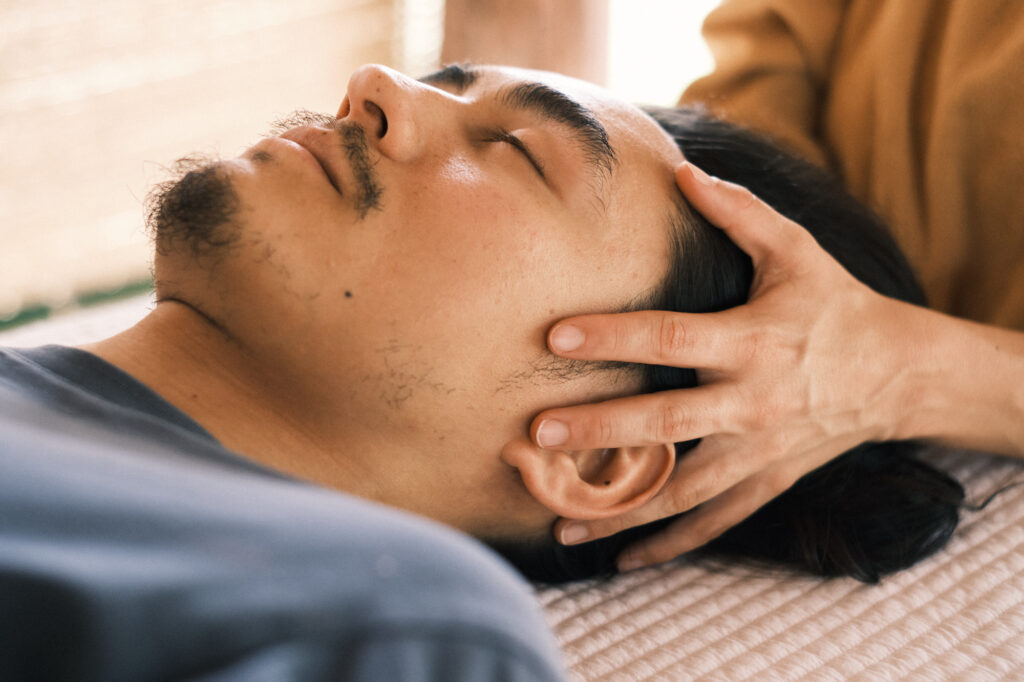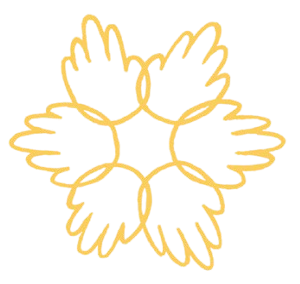
What is Osteopathy?
„An osteopath works with hands that feel, see, think and know."
William Garner Sutherland / Founder of Craniosacral Osteopathy
Philosophie
The osteopathic medicine is a holistic and manual medicine, which serves to detect and treat functional disorders in the human body.
The osteopath energises the body through gentle and respectful treatment to rediscover the original freedom of movement. The focus is on the strength, health and vitality of the body and thus on the natural self-healing ability directed.
Human beings are a unity of body, mind and soul. All cells, tissues and organs work together and interact with each other.
The body has self-healing powers. That's why it's always about finding health in the body and not focusing on illness! Everything we need is in us!
The 3 systems of osteopathy
Parietales System
This refers to the entire musculoskeletal system, consisting of bones, joints, muscles, ligaments and fascia.
Pain is often perceived via the parietal system, but can also originate in the other two functional units.
Visceral system
Visceral osteopathy deals with the organs of the chest and abdominal cavity and the small pelvis, as well as their suspensions, connections and vascular structures. Tension, displacement and the functional interaction of the organs are tested and treated.
craniosacral system
Craniosacral osteopathy is concerned with the treatment of the skull (cranium), the spinal column with the sacrum.
The focus here is on the central, peripheral and autonomic nervous systems.
All three areas of osteopathy are given equal consideration in each therapy session. However, the emphasis placed on each area can vary greatly.

